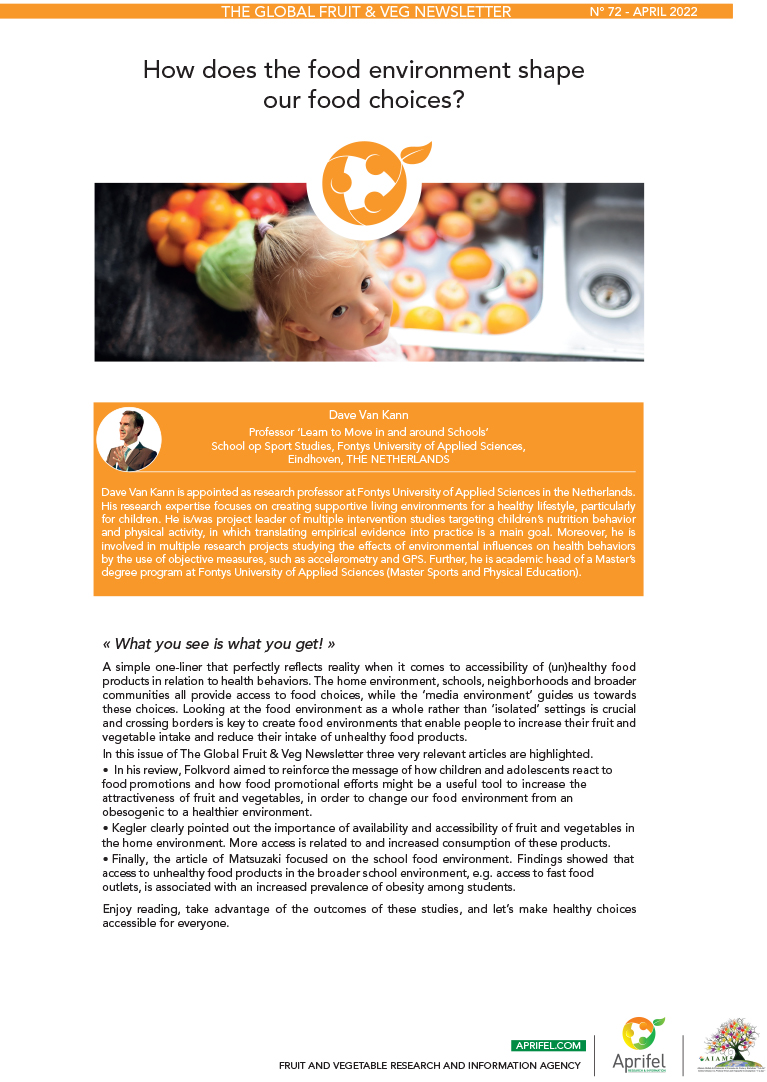Scientific news
Discover five recent scientific articles from our food, health and sustainability watch.
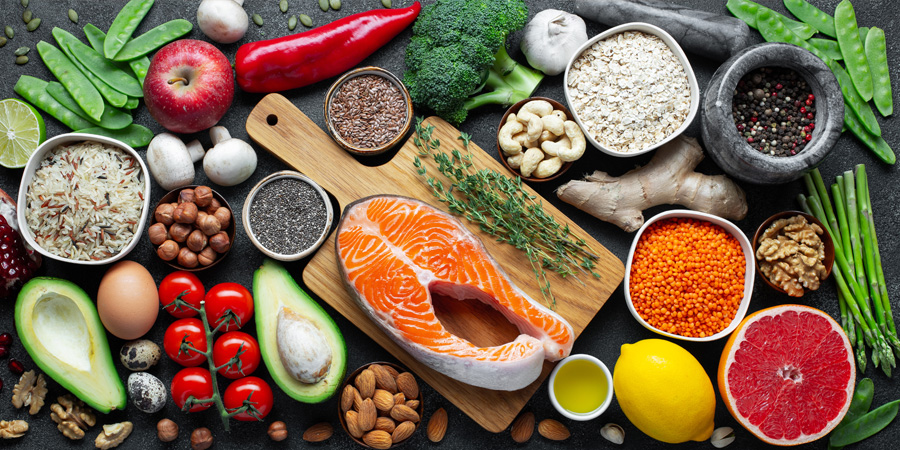
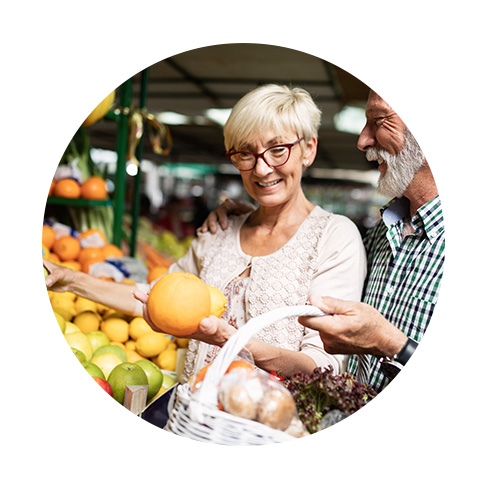
American researchers evaluated the effectiveness of an intervention that consists of prescribing fruit and vegetables in addition to nutritional monitoring. Nearly 250 patients who referred to Nutrition at a medical center in New York between June and November 2019 received for produce at local Greenmarkets to purchase fruit and vegetables ($20 for patients with food insecurity and $10 for others). The evaluation of this intervention shows that people with food insecurity and those with high hemoglobin A1c used these prescriptions more than others, showing that the action is reaching its target audience. The main common barriers to using these prescriptions were distance, lack of time and forgetting or losing the prescription
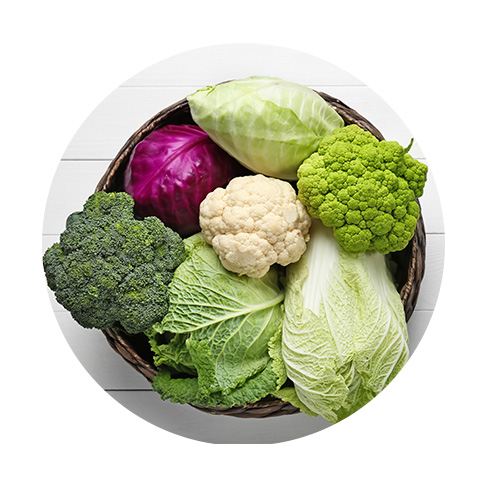
An umbrella review (41 meta-analyses of 303 individual studies, involving nearly 14 million participants) examined the evidence for the health benefits of cruciferous vegetable consumption. Their role was assessed for 24 health outcomes, including cancers (n = 23), cardiovascular disease (n = 12), mortality (n = 5) and metabolic diseases (n = 1). According to the authors, cruciferous vegetables consumption is associated with protective effects against 3 cancers (stomach, lung, endometrium) and all-cause mortality. Further studies are needed to confirm these results and to analyze the effects on other pathologies.
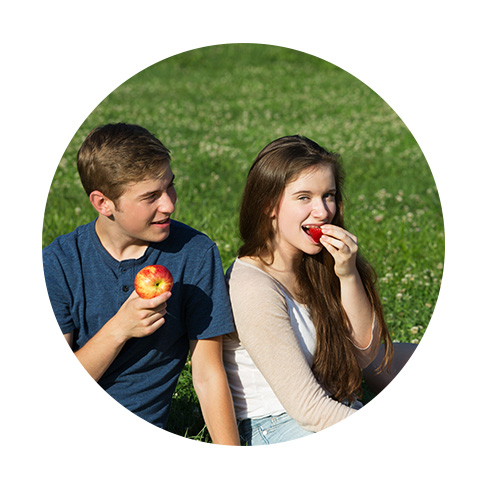
Researchers in the UK systematically reviewed evidence from 13 systematic reviews of interventions to improve eating behaviours and reduce waste in secondary schools (aged 11–18) published between 2000 and 2020. This work identified the key characteristics of interventions to improve adolescents’ food choices and reduce food waste. The approaches that appear to be most relevant are those that combine education and environmental restructuring, incorporation of computer-based feedback, media or messaging, peer and/or parent involvement, an increase in the availability of healthy foods, and the use of behavioural theory as a core component of the intervention. However, the types of interventions that specifically contributed to a reduction in sugar-sweetened beverage consumption or an increase in fruit and vegetable consumption could not be determined.
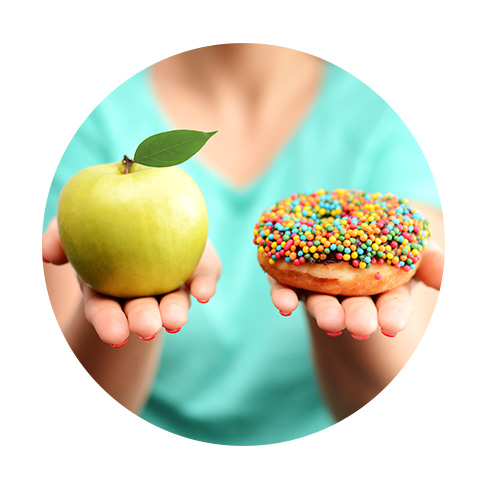
This online study was conducted during the Covid-19 pandemic (2021) among a panel of German adults (n=1,234) to identify foods consumed during stress (comfort foods), as well as foods considered as healthy alternatives. Almost half of the participants (80.6% women, average age 31, average BMI 23.4 kg/m2) identified themselves as stress-eaters. Nearly 2 out of 3 people reported eating “very often more than usual” in subjective stress situations. Chocolate and coffee are the most consumed products in stress situations, with 48% and 46% of participants respectively having declared to consume them often or very often. Fresh fruit was the most frequently cited as healthy alternative to chocolate (74%) and biscuits (64%), while tea (without added sugar) was the most frequently mentioned as substitute for coffee (64%).
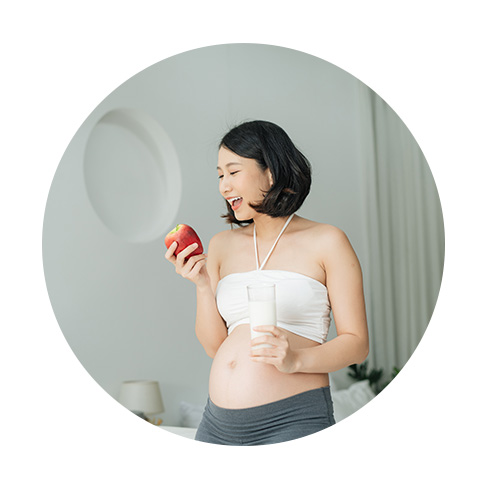
A recent cohort study examined the dietary quality of 3,856 pregnant women and its relationship to the prevalence of low birth weight and small for gestational age. In the first two trimesters, more than 80% of the participants had inadequate intakes of vegetables (87.3% and 86.6%), dairy products (95.9% and 96.7%) and seafood (80.5% and 85.3%), while inadequate fruit intake was much higher in the 2nd trimester (85.2%) than in the first (22.5%). After adjusting for potential confounders, consumption of fruit and dairy products in the second trimester was associated with a reduced risk of low birth weight and small for gestational age.
